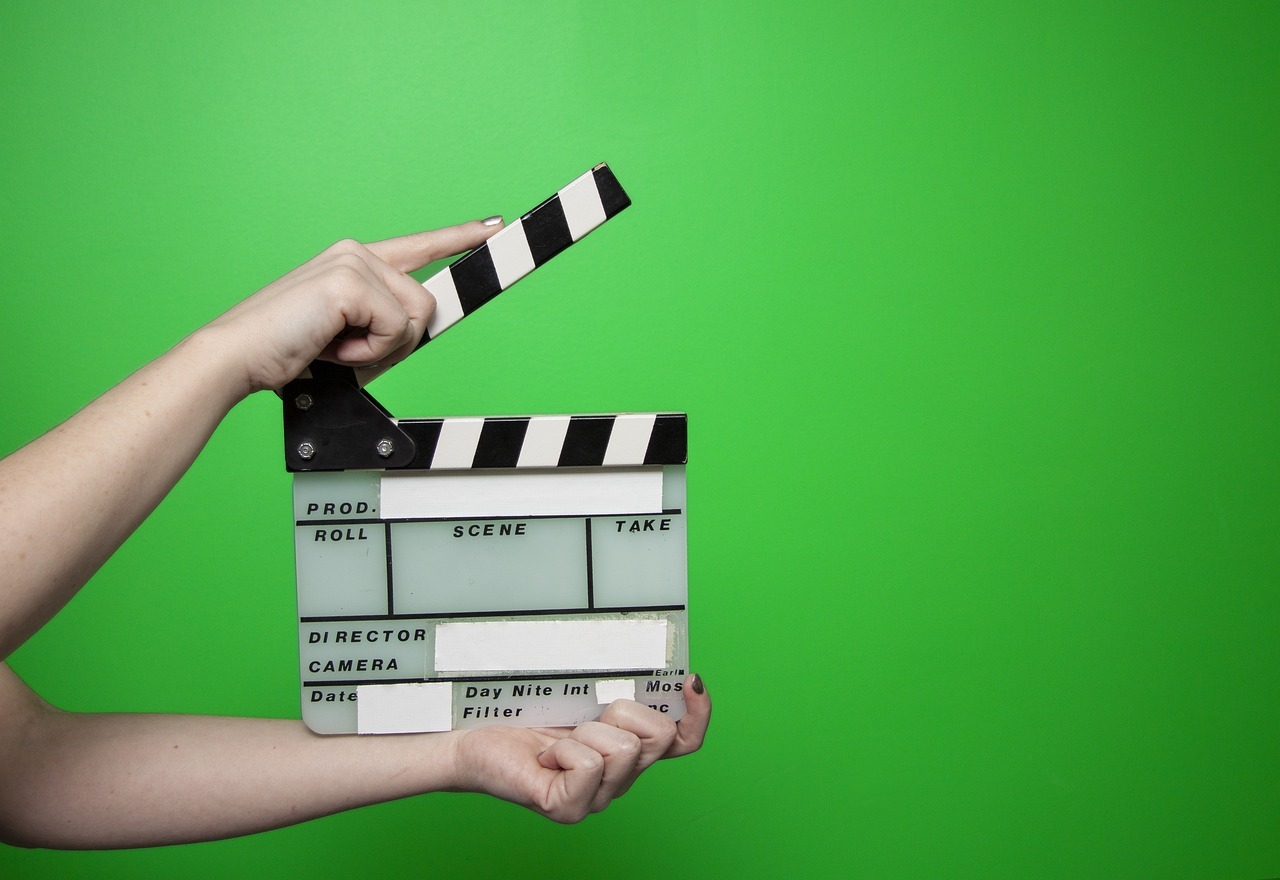Green screen technology has become a vital component of modern movies, TV programs, photography, and even video games. We interact with this technology in different forms every day without realizing its importance. Today, we will go on a historical journey to explore the intricacies of green screen technology, a magical entity that made us believe in flying superheroes and talking animals.
Origin of Green Screen Technology
The journey of green screen technology began in the early 20th century. Filmmakers were trying to visualize scenes that were not possible to shoot in real life. If you are interested in knowing when was the green screen invented?, it would take you back to the time when filmmakers were experimenting with basic compositing techniques.
The Magic Begins
In 1898, George Méliès used a method known as “double exposure matte” for the first time. Méliès would shoot his actors against a black background and later superimpose them onto the required scene. This can be considered as the earliest form of green screen technology.
First Color Film Technique
Famous director Larry Butler took green screens to another level while making “The Thief of Baghdad” film in 1940. He used chroma key compositing for his color film where he replaced certain areas of the image based on their color.
Arrival of Blue Screens
Petro Vlahos perfected an optical printer technique using a blue screen for creating effects shots for films like “Mary Poppins”. The blue screen became ideal because it is complementary to human skin tones, making it easier to separate subjects from the background.
The Shift to Green Screens
Despite the success of blue screens, green screens emerged as a better alternative in the 1970s and 1980s due to several reasons. It was easier for cameras and film stocks to capture better footage with green screens.
Famous Green Screen Movies
Several iconic films have utilized green screen technology to create visual magic. “Star Wars,” “The Matrix,” “The Lord of the Rings” are a few examples where large portions were shot against a green screen.
Digital Compositing Era
The introduction of digital compositing fielded by software like Adobe Photoshop revolutionized the usage of green screens. This development made layering and manipulating different images feasible, which opened up even more possibilities.
Influence on Television
Green screen technology is also widely used in television programming. From weather forecasts to cooking shows, this technology has become integral in creating interesting viewing experiences.
Advent of Video Games
The video game industry heavily uses green screen technology to create intricate backgrounds or virtual realities. Modern games often use real actors who perform scenes in front of a green screen, which is later processed into the game.
Green Screens in Photography
Photographers often use green screens for background replacement. This is especially popular in portrait photography where filmmakers could easily manipulate the background while keeping the subject untouched.
VFX and Animation
The animation industry has embraced green screen technology for its potential to save time and resources spent on creating elaborate animated backgrounds from scratch.
Modern Green Screen Systems
In recent years, there have been considerable advancements in green screen technology. Innovative systems that use light sensors, tracking algorithms, and other tech have made green screen shots more accurate and realistic than ever before.
The Future of Green Screen
The future of green screen technology promises to be exciting. With developments in virtual reality and augmented reality technologies, the utilization of green screens is only expected to expand.
Wrapping Up
Despite its dominance, green screen technology is not without its challenges. Issues like color spill, lighting inconsistencies, and actor interaction remain prevalent. However, R & D continues to develop solutions for these problems. As it evolves with time, the magical canvas that transforms imagination into reality will always remain a crucial piece in the world of visual storytelling.

